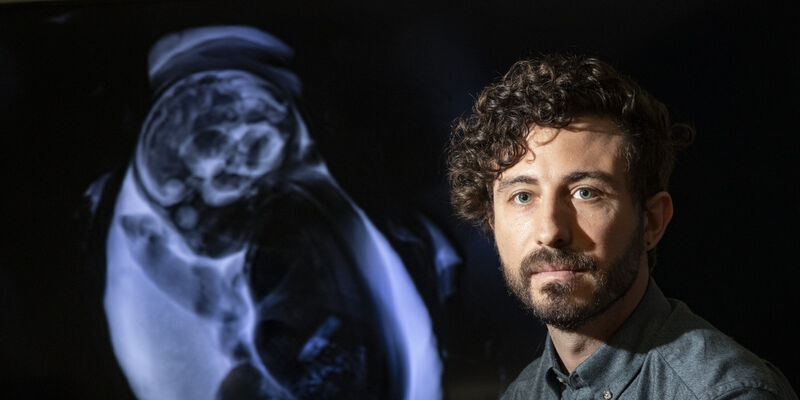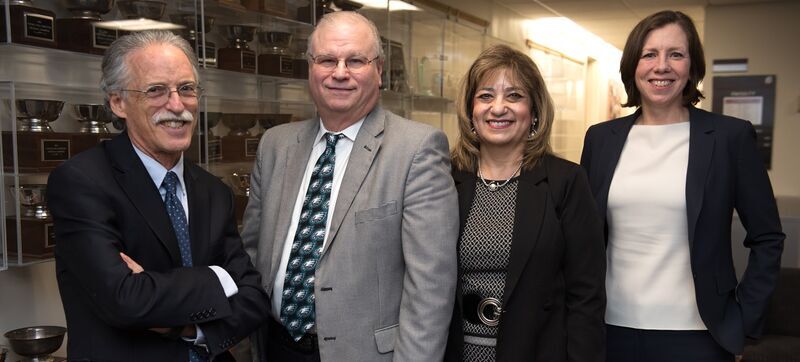Temple teams up with Pennsylvania state universities to track opioid settlement spending
Temple has partnered with Penn State, the University of Pittsburgh and the Pennsylvania Opioid Misuse and Addiction Abatement Trust to develop and launch a new website detailing how these opioid settlement funds are helping Pennsylvanians.

The opioid epidemic continues to impact the U.S., including Pennsylvania. Nearly 5,000 people died from drug overdoses in the commonwealth in 2023—approximately one person every two hours.
To mitigate the harm from this epidemic, state governments reached a settlement in 2021 holding prescription opioid manufacturers and distributors accountable for their role in contributing to opioid addiction in the country. The settlement has required the companies to pay about $50 billion, which was distributed among the states based on the severity of the epidemic in each state.
Now, researchers from Temple, Penn State, the University of Pittsburgh, and the Pennsylvania Opioid Misuse and Addiction Abatement Trust—an organization that receives, invests and distributes the settlement funds to counties and municipalities in Pennsylvania—have launched a new website detailing how these opioid settlement funds are helping Pennsylvanians.
According to the website, so far approximately $390 million of the opioid settlement funds have been distributed in Pennsylvania. Of this amount, counties and litigating subdivisions, which receive 85% of the opioid settlement funds in the commonwealth, have spent about $14 million on treatment medications for opioid use disorder, $8 million on prevention strategies and $6.5 million on recovery support.
Temple researchers used scientific legal mapping methods to guide some of the structuring of the data displayed on the site particularly regarding the categorization of opioid remediation efforts that counties and other litigating subunits, like county district attorney offices, self-reported.
“A critical role of our work is to facilitate the creation of high-quality data that is fit for health outcomes research,” said Jonathan Larsen, legal technology manager of the Center for Public Health Law Research, which is based at Temple’s Beasley School of Law.
He explained that individuals can access county-level information about how money is being spent as well as what programs are being funded through this new site.
“With this project, we see a unique opportunity to generate program data that can be studied over the nearly two decade span of the opioid settlement to help better understand how to maximize opioid remediation. The counties may benefit from this data as they continue to explore meeting the needs of their respective communities,” Larsen explained. “What we’re doing in Pennsylvania is hopefully something that’s useful to other states to determine how they want to process their spending and make it more transparent.”
When Larsen learned that Penn State was looking to partner with other state universities on a project tracking opioid settlement spending, he immediately recognized an opportunity to contribute through the work of Temple’s Center for Public Health Law Research.
“This is an opportunity to have a major impact as we continue efforts to reduce overdoses and overdose-related deaths,” said Larsen. “It also opens many opportunities for further research on health outcomes related to opioids that we want to understand better.
“To know Temple has a seat at this table is super meaningful,” he added. “It shows the work we do at the center is important and contributes to practical solutions to the opioid crisis.”


